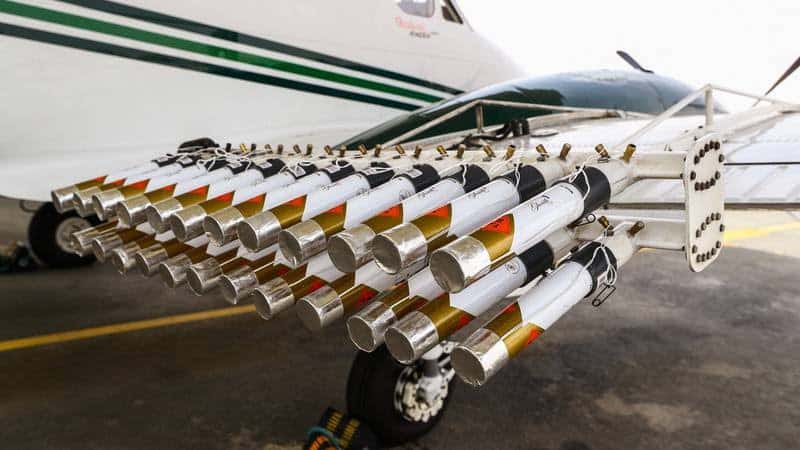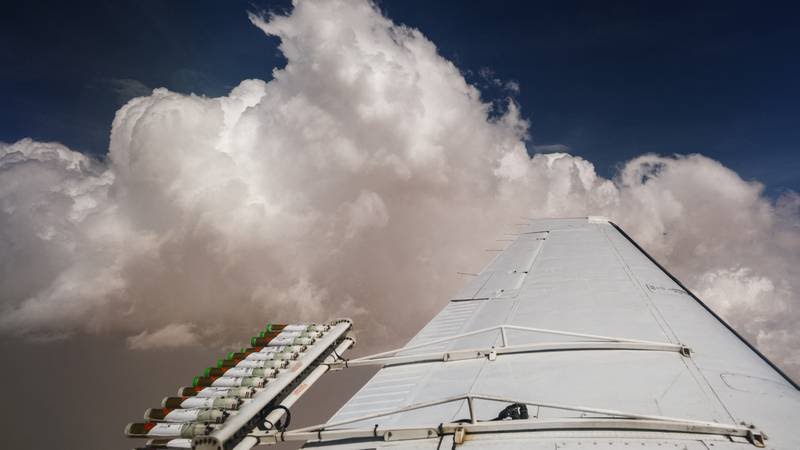Technological innovation has always shaped our future, but with great power comes great responsibility. The United Arab Emirates, facing Dubai's extreme temperatures, has introduced the use of drones to generate rain. And it wasn't an isolated incident: in 2022 alone they conducted 311 cloud seeding missions, logging nearly 1.000 flight hours.
These drones, releasing electrical discharges into the clouds, promise relief from the scorching heat. However, fundamental questions emerge: what are the long-term consequences of such climate manipulation? And how do you balance the urgency of fighting heat with responsibility towards the environment? This technique opens new frontiers in environmental management, but also requires deep reflection on its implications.
Technology and climate: a delicate balance
Rain drone technology represents a significant step forward in the fight against climate change. Climate manipulation, known as geoengineering, is a field that is still little explored and potentially risky. What effects might it have on long-term atmospheric dynamics? And how might it affect local and global ecosystems?
Artificially induced rainfall in one region could reduce water availability in another, potentially altering climate patterns in unanticipated ways. Furthermore, the use of this technology raises questions of equity and sovereignty: who has the right to modify the climate and by what criteria?

Expert voices and scientific studies
Numerous scientists and environmental experts have expressed concerns and hopes regarding this technology. Recent studies suggest that, if used with caution, artificial rainfall could offer benefits in terms of agriculture and water resources management. However, an approach based on in-depth research and international dialogue is crucial to avoid unintended consequences. The same communication on this technology, as it well says this study, must be prudent to avoid unnecessary polarization and second-guessing.
Looking to the future, the geoengineering techniques, including rain drone technology, could become a crucial tool in the fight against climate change. But it is essential to proceed with caution, balancing innovation and responsibility. The key is to find a balance between responsible use of technology and safeguarding the natural environment, ensuring that today's solutions do not become tomorrow's problems.
Further studies:
“Effect of cloud seeding on aerosol properties and particulate matter variability in the United Arab Emirates” – here is the paper.


